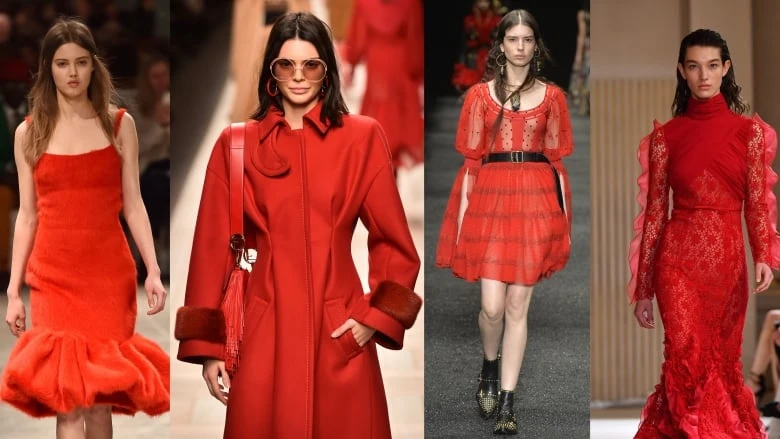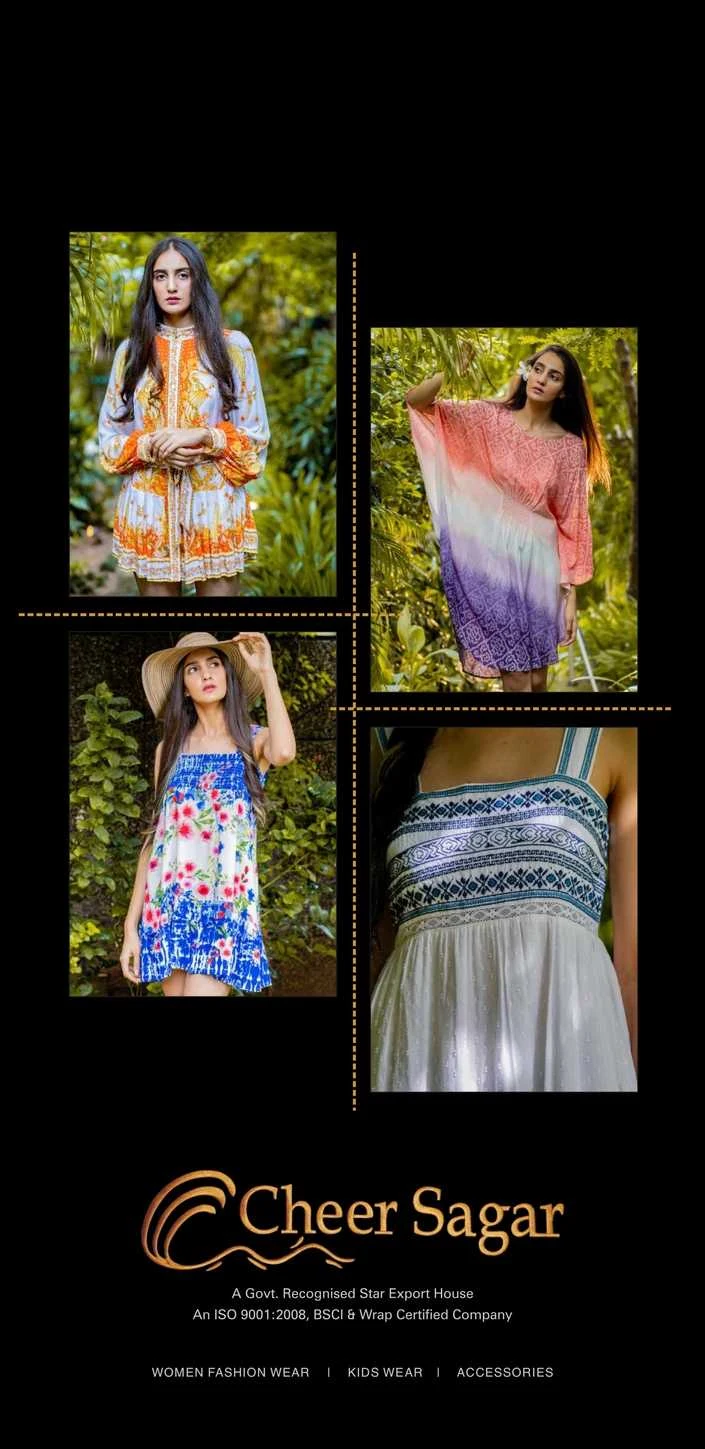Women’s fashion has evolved due to societal shifts and advancements in materials and technology. Cultural influences and changing perceptions have also played a significant role in the transformation of women’s fashion over time.
Fashion trends are constantly evolving, reflecting the values, beliefs, and aspirations of different eras. From corsets and hoop skirts in the Victorian era to flapper dresses in the 1920s, each period has introduced new styles that resonate with the societal norms of the time.
Women’s fashion has also been influenced by changing roles in society, such as the rise of women in the workforce during the 20th century. As women gained more independence and freedom, their clothing choices became more diverse and expressive, reflecting their changing status and attitudes. By understanding the factors that drive these changes, we can appreciate the rich tapestry of women’s fashion history.
Ancient Influences On Women’s Fashion
Exploring the evolution of women’s fashion unveils a rich tapestry deeply woven with ancient influences. Over time, various cultures and traditions have left indelible marks on the way women dress, shaping garments, materials, and techniques that continue to resonate in modern-day fashion.
The Impact Of Culture And Tradition
Ancient civilizations played a pivotal role in shaping women’s fashion through cultural practices and societal norms. The distinctive styles and attire worn by women often reflected the values, beliefs, and social status of the community they belonged to.
Materials And Techniques
Ancient women’s fashion was also deeply influenced by the availability of materials and the techniques used in creating garments. Natural fabrics like linen, wool, and silk were common choices, while intricate weaving and embroidery techniques showcased craftsmanship and artistry.
Medieval And Renaissance Fashion Trends
During the Medieval and Renaissance eras, women’s fashion underwent significant transformations influenced by various factors.
Role Of Royalty And Nobility
Royalty and nobility heavily dictated fashion trends, setting the standard for the upper classes to follow.
The Influence Of Religion
Religion played a pivotal role in shaping women’s attire, with modesty and reverence reflected in their clothing choices.
19th And 20th Century Revolution In Women’s Fashion
In the 19th and 20th centuries, there was a significant revolution in women’s fashion that transformed the way women dressed and expressed themselves. This period saw rapid changes in clothing styles, fabrics, and societal attitudes, influenced by various factors including the rise of haute couture and global events.
The Rise Of Haute Couture
The emergence of haute couture in the 19th century played a pivotal role in revolutionizing women’s fashion. This high-end, custom-made fashion created by renowned designers redefined the concept of dressmaking and brought about a shift from traditional, handmade garments to exclusive, tailor-made clothing that showcased innovation and luxury.
Impact Of World Events
World events such as the World Wars and the Great Depression significantly impacted women’s fashion during the 20th century. These tumultuous times brought about practical changes in attire, with women adapting their clothing to suit new roles in the workforce and society.

Credit: m.facebook.com
Modern Transformations In Women’s Fashion
In the fast-paced world of fashion, women’s clothing trends have gone through significant transformations over time. These changes are influenced by various factors, including the emergence of technology and media, as well as shifting societal norms. Understanding these modern influences allows us to appreciate the evolution of women’s fashion and how it continues to adapt to the ever-changing world we live in today.
Influence Of Technology And Media
Technology and media play a pivotal role in shaping modern women’s fashion. With the rise of social media platforms, fashion influencers, and online shopping, women have access to a vast array of trends and styles like never before. The powerful reach of technology and social media has made fashion more accessible, enabling women to explore different aesthetics and find inspiration from influencers and fashion bloggers.
The evolution of technology has also revolutionized the way clothes are designed, produced, and marketed. Advancements in manufacturing techniques and innovative materials have allowed designers to experiment with new concepts and create unique fashion pieces. From 3D printing to smart textiles, technology continues to push the boundaries of women’s fashion, offering futuristic designs and functionalities that were once unimaginable.
Shifting Societal Norms
Societal norms play a significant role in shaping women’s fashion trends. Over the years, there has been a progressive shift in societal expectations and perceptions regarding femininity, gender roles, and body image. Women are now challenging traditional gender norms and embracing diverse styles that reflect their individuality and self-expression.
One notable change is the increasing acceptance and celebration of inclusivity in fashion. Women of all shapes, sizes, and ages are now represented in the fashion industry, breaking away from the narrow beauty standards of the past. Brands are actively promoting body positivity by featuring diverse models in their campaigns and designing clothes that cater to different body types.
The influence of shifting societal norms is also evident in the blurring of gender boundaries in fashion. Women are embracing more androgynous styles, incorporating elements typically associated with menswear into their outfits. This assertive fashion statement challenges traditional conventions and empowers women to embrace fashion as a means of self-expression and identity.
In conclusion, modern transformations in women’s fashion are greatly influenced by technology and media, as well as shifting societal norms. The fusion of these factors allows fashion to evolve, adapt, and cater to the ever-changing preferences and desires of women around the world. Whether it’s through the influence of social media or the breaking down of gender boundaries, the future of women’s fashion promises to be exciting and empowering.
The Future Of Women’s Fashion
Women’s fashion has continually evolved to reflect societal changes and shifting cultural norms. In the past, women’s fashion was influenced by gender roles and modesty, but as social attitudes have progressed, the fashion industry has embraced diversity and individual expression.
Today, women’s fashion is a powerful platform for self-expression, inclusivity, and empowerment.
Sustainability And Ethical Practices
Innovations In Design And Production
The future of women’s fashion is not only about staying on trend, but also about making conscientious choices that align with our values and concerns. Sustainability and ethical practices have become paramount in the fashion industry, as consumers increasingly demand transparency and accountability from the brands they support.
In recent years, the world has witnessed a growing movement towards sustainable and ethical fashion. Eco-friendly materials, such as organic cotton and recycled fibers, have gained popularity as they reduce the environmental impact associated with traditional fashion production. Moreover, fashion brands are adopting eco-conscious practices from sourcing to manufacturing and distribution.
One of the driving forces behind sustainable fashion is the shift towards ethical practices. Consumers are becoming more aware of the ethical issues prevalent in the fashion industry, such as sweatshop labor and exploitative working conditions. To address these concerns, many brands are focusing on fair trade practices, ensuring that garment workers are paid fair wages and provided safe working environments.
| Sustainability and Ethical Practices | Innovations in Design and Production |
|---|---|
|
|
Another aspect shaping the future of women’s fashion is innovations in design and production. Technology plays a crucial role in transforming the industry towards more sustainable practices. Designers are integrating technology into their creative processes to achieve greater efficiency and reduce waste.
One such innovation is the use of 3D-printing and digital design to minimize material waste. By creating garments layer by layer, designers can optimize material usage and create intricate designs without excess fabric waste. This revolutionizes the manufacturing process and allows for more sustainable production techniques.
Furthermore, the incorporation of smart textiles is another innovation driving the future of women’s fashion. Smart textiles utilize advanced materials and technologies to enhance functionality and durability. For instance, garments with embedded sensors can monitor the wearer’s health or adjust temperature for optimal comfort. This not only adds value to the consumer but also contributes to sustainable fashion by reducing the need for multiple garments with single-purpose functionality.

Credit: issuu.com

Credit: www.amazon.com
Frequently Asked Questions For Why Has Women’s Fashion Changed Over Time
How Did Women’s Fashion Change Over Time?
Women’s fashion has evolved drastically over time, reflecting societal changes and cultural influences. From corsets and hoopskirts to mini skirts and power suits, trends have shifted constantly. Fabrics, silhouettes, and colors have transformed, showcasing women’s individuality and empowerment.
Why Does Women’s Fashion Change So Much?
Women’s fashion changes frequently due to trends, cultural influences, and individual preferences. Fashion industry constantly innovates to meet demand.
Why Did Women’s Fashion Change So Much In The 1920s?
Women’s fashion changed in the 1920s due to societal shifts from conservative to more liberal attitudes. The First World War and women’s suffrage also influenced the change, leading to shorter hemlines, looser silhouettes, and more casual attire. This reflected women’s newfound independence and desire for freedom in fashion.
When Did Fashion Start Evolving?
Fashion started evolving in ancient times, with evidence of clothing and personal adornment dating back thousands of years.
Conclusion
Intriguingly, women’s fashion has evolved significantly throughout history, reflecting social, cultural, and economic changes. The shift in styles, fabrics, and silhouettes reflects the empowerment and freedom of women. As fashion continues to redefine itself, it is apparent that women’s clothing will remain a powerful expression of individuality and societal progress.






